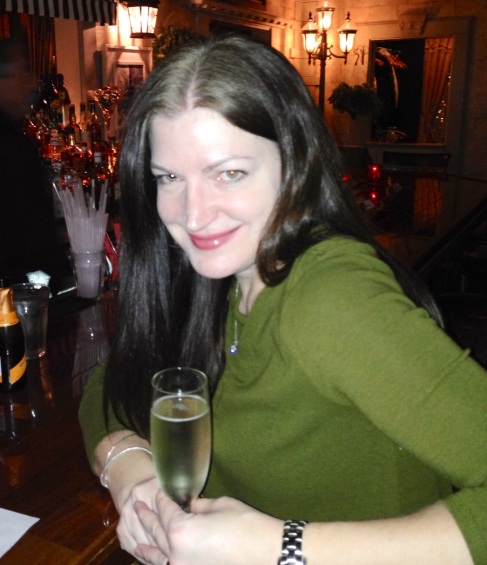On New Year’s Day, one of my friends, after reading on Facebook about my resolution not to drink alcohol for a year , got in her car and drove over to my house to give me a copy of “The Book of Awakening: Having the Life You Want by Being Present in the Life You Have.” This is a New York Times bestselling book by a poet and philosopher named Mark Nepo. The book is a collection of brief essays, each of which is followed by a thinking or writing exercise, one for each day of the year. It literally begins on January 1st and ends on December 31st.
I have to admit that I probably would never have bought this book for myself. I was so touched by my friend’s gesture, however, that I pick it up from time to time to do some of the exercises. One of them is so poignant that I have decided to share it here.
“All Fall Down” tells of a man who is in the midst of a painting project. He is so hell-bent on completing the work that he refuses to put down any of the materials from either of his hands, when he tries to open the door to get into the house to paint. Predictably, he drops everything and gets red paint all over himself.
The exercise that follows requires you to reflect on your life by thinking long and hard about where you are, compared to where you want to be — or who you are compared to who you want to be. You have to slow down and breathe deeply in order to focus your thoughts on the change that you desire in some aspect of your life or yourself. It requires that you be able to visualize the desired change as a place just beyond a threshold through which you must pass.
To complete the exercise, you must continue to breathe even more deeply and ask yourself, “What am I carrying with me that I must put down, in order to open the door?” Of course, the goal is to identify that one thing that is holding you back and, although not explicitly stated in the book, do something about it. If you do not, you won’t realize the change.
Although it took place prior to reading Nepo’s book, the process by which I settled on my New Year’s resolution was very much like this. I had imagined the many things I would like to achieve both personally and professionally over this year, and then thought more deeply about them until I identified the one thing that I could change that could lead to all—or at least many—of the things I want. Only time will tell if keeping this resolution will, in fact, lead to these other changes.
Some of you may think it is mumbo-jumbo, but I strongly recommend this exercise to everyone. We are, all of us, carrying too much. Think about just one aspect of your life, such as your family, your work, or your circle of friends. Consider where you would like to see change and then go here to read this very brief essay and then try the exercises. If you do this, please let me know how it goes.







